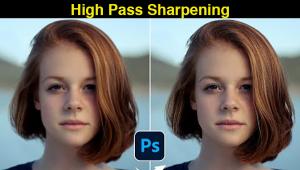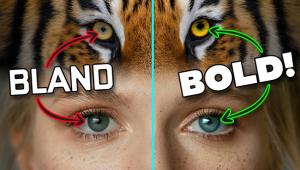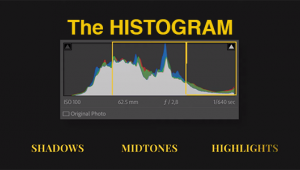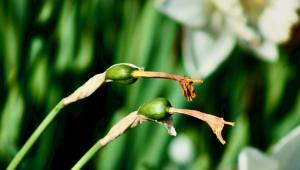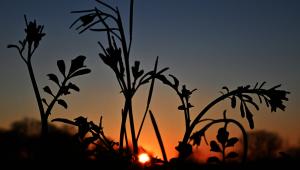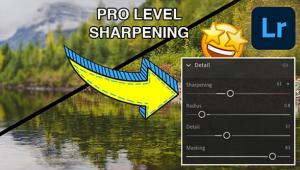Focus Stacking for MIND-BLOWING Depth of Field is Super Easy with These Photoshop Tips (VIDEO)

You’ve no doubt marveled at spectacular landscape photos with depth of field that seems impossible to achieve with anything other than a tilt-shift lens or a large format view camera. Surprise: The same effect can be accomplished in post processing with a technique known at focus stacking. And it far easier to do than you may think.
According to acclaimed nature photographer Nick Page, the first two things every Photoshop user should learn is how to use the Cone Tool for cleaning things up, and how to stack multiple images. In fact, Page says, “When it comes to perfect sharpness from front to back, this is one of those things you can’t get right in the camera—unless you’re Ben Horne taking advantage of all the tilts and shifts on a view camera."
Page dispels the myth that focus stacking is a technique reserved for image-editing experts, and in barely 10 minutes he demonstrates a very simple approach that gets the job done. He also allays the misconception that you need dozens of images to make this process work, saying focus stacking can be accomplished with as few as two or three shots.
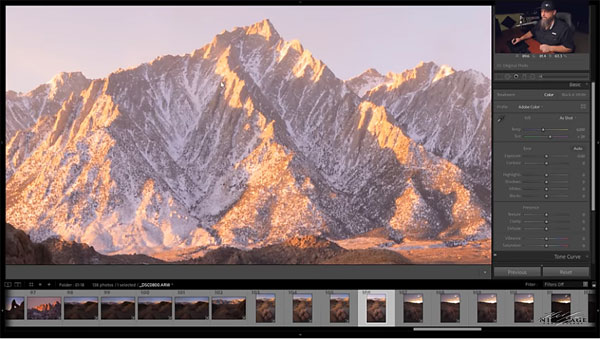
Page explains that it’s important to shoot multiple images using the same exposure settings for consistency during the merging process. His typical approach is to take five or six properly focus shots, beginning with the closest object to the camera and ending with the background. The actual number of shots required varies, depending upon the scene and the distance of closest object you want to render sharply.
You’ll see how the lens you use factors into the equation, and how different exposure settings also impact your results. After several tips on the best way to capture the images you need, Page moves on to Photoshop and the photo-staking process. Much of the procedure is automatic which is why it’s so quick and easy to do.

The preliminary step involves a few quick adjustments to the first image for color, sharpening, saturation and contrast. With these enhancements as a starting point, Page then demonstrates how to sync these adjustments across the remaining files.
All that’s left is merging the images, making a few final tweaks to the initial adjustments, and you’re looking at a spectacular result.
You can find more helpful tips on Page’s YouTube channel, and in the story we posted yesterday with eight landscape photography mistakes all beginners make.
- Log in or register to post comments










